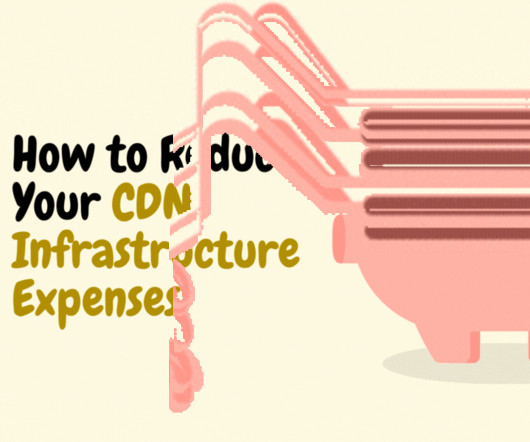How to Reduce Your CDN Infrastructure Expenses
IO River
NOVEMBER 2, 2023
If price is your top priority, you'll need to decide how much you're willing to sacrifice in terms of reliability and performance.What are your traffic patterns like? If your traffic is mostly static, you may be able to meet all your needs with a less expensive CDN that provides content distribution services. per one million requests.












Let's personalize your content